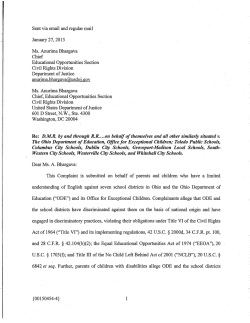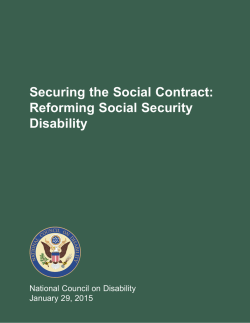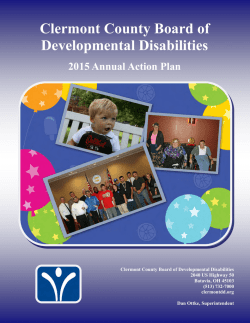
What is a 504 and an IEP?
What is a 504 and an IEP? As a parent, when our child struggles in school, we want to know what’s available to help our children make progress and foster a love of learning. The terms “504” and “IEP” are often mentioned and get tossed around in casual conversations, classrooms and in meetings. This brief guide may clear up some of the misconceptions about them. Formally, a 504 is called “Section 504 of the Rehabilitation Act of 1973”. Section 504 is a civil rights law that prohibits discrimination against individuals with disabilities. Section 504 ensures that the child with a disability has equal access to an education. A 504 plan outlines how a child’s specific needs are met with accommodations, modifications and other services. These measures are designed to “remove barriers” to learning and a student with a 504 plan usually spends the entire school day in a general education classroom. Unlike the Individuals with Disabilities Education Act (IDEA), Section 504 does not require the school to provide an individualized educational program (IEP) that is designed to meet the child's unique needs and provides the child with educational benefit. Section 504 defines “disability” in very broad terms. Section 504 defines a person with a disability as someone who: • • • Has a physical or mental impairment that “substantially” limits one or more major life activity (such as walking, reading or concentrating). Has a record of the impairment. Is regarded as having an impairment, or a significant difficulty that isn’t temporary. For example, a broken leg isn’t an impairment, but a chronic condition, like a food allergy, might be. Having a disability doesn’t automatically make a student eligible for a 504 plan. First, an evaluation has to be completed to decide if a child’s disability “substantially” limits their ability to learn and participate in the general education classroom. When doing an evaluation for a 504 plan, the school considers information from several sources, including: • • • • • Documentation of the child’s disability (such as a doctor’s diagnosis) Evaluation results (if the school recently evaluated the child for an IEP or other informal evaluations) Observations by the student’s parents and teachers Academic record Independent evaluations (if available) There is no standard 504 plan and a 504 plan doesn’t have to be a written document. However, a 504 plan generally includes the following: • • • Specific accommodations, supports or services for the child Names of who will provide each service Name of the person responsible for ensuring the plan is implemented The child who receives Section 504 protections has fewer rights than the child who receives special education services under the IDEA. The child who receives special education services under the IDEA is automatically protected under Section 504. The purpose of IDEA is different: “to ensure that all children with disabilities have available to them a free appropriate public education that emphasizes special education and related services designed to meet their unique needs and prepare them for further education, employment and independent living” and “to ensure that the rights of children with disabilities and parents of such children are protected … (Section 1400(d))” (Wrightslaw: IDEA 2004, page 33) The Individualized Education Program (IEP) developed under IDEA may be used for the Section 504 plan. The IDEA requires the IEP to be written and include many specific details about services, accommodations, modifications, the degree to which the child will not be educated with nondisabled students and more. To get an IEP, there are two requirements: • • A child has one or more of the 13 specific disabilities listed in IDEA. Learning and attention issues may qualify. The disability must affect the child’s educational performance and/or ability to learn and benefit from the general education curriculum. There are strict legal requirements about who participates. An IEP is created by an IEP team that must include: • • • • • The child’s parent At least one of the child’s general education teachers At least one special education teacher School psychologist or other specialist who can interpret evaluation results A district representative with authority over special education services The IEP sets learning goals for a child and describes the services the school will give them. It’s a written document. Here are some of the most important things the IEP must include: • • • • • • • • The child’s present levels of academic and functional performance—how he/she is currently doing in school Annual education goals for the child and how the school will track his/ her progress The services the child will get—this may include special education, related, supplementary and extended school year services The timing of services—when they start, how often they occur and how long they last Any accommodations—changes to the child’s learning environment Any modifications—changes to what the child is expected to learn or know How the child will participate in standardized tests How the child will be included in general education classes and school activities A parent must consent in writing for the school to evaluate a child. Parents must also consent in writing before the school can provide services in an IEP. When the child graduates from high school with a regular diploma or reaches the age of 22, the child's entitlement to rights under IDEA ends. IDEA rights do not follow the child into college or the workplace. Section 504 provides protections against discrimination after the child leaves public school. At SDCCS, we have a dedicated team of professionals who are readily available to discuss or explain any of your questions or concerns about your child’s learning. For more details: http://www.wrightslaw.com/info/sec504.summ.rights.htm http://www.wrightslaw.com/howey/504.idea.htm https://www.understood.org/en/school-learning/special-services/504-plan/understanding-504plans https://www.understood.org/en/school-learning/special-services/504-plan/the-differencebetween-ieps-and-504-plans
© Copyright 2026

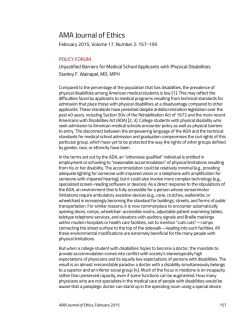
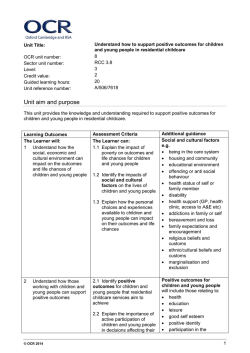
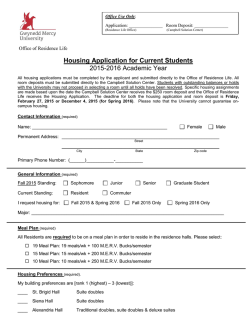
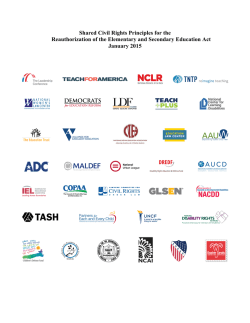

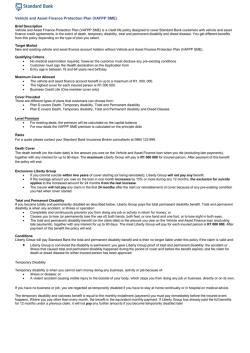

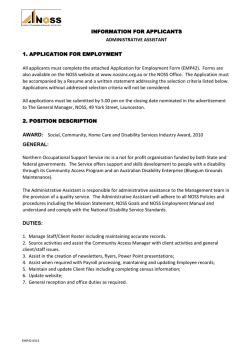

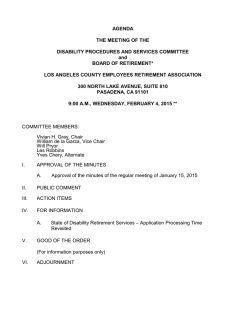
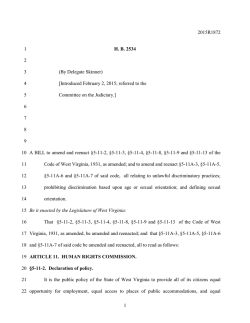
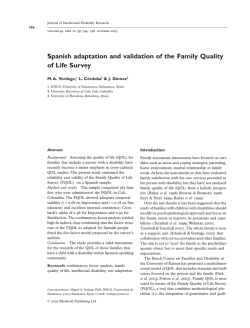


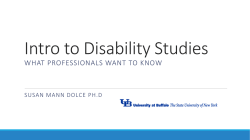
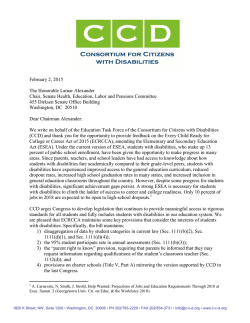
![Download [ PDF ] - journal of evolution of medical and dental sciences](http://s2.esdocs.com/store/data/000494152_1-f3a884eb535d7df1c0e94335539823a4-250x500.png)
